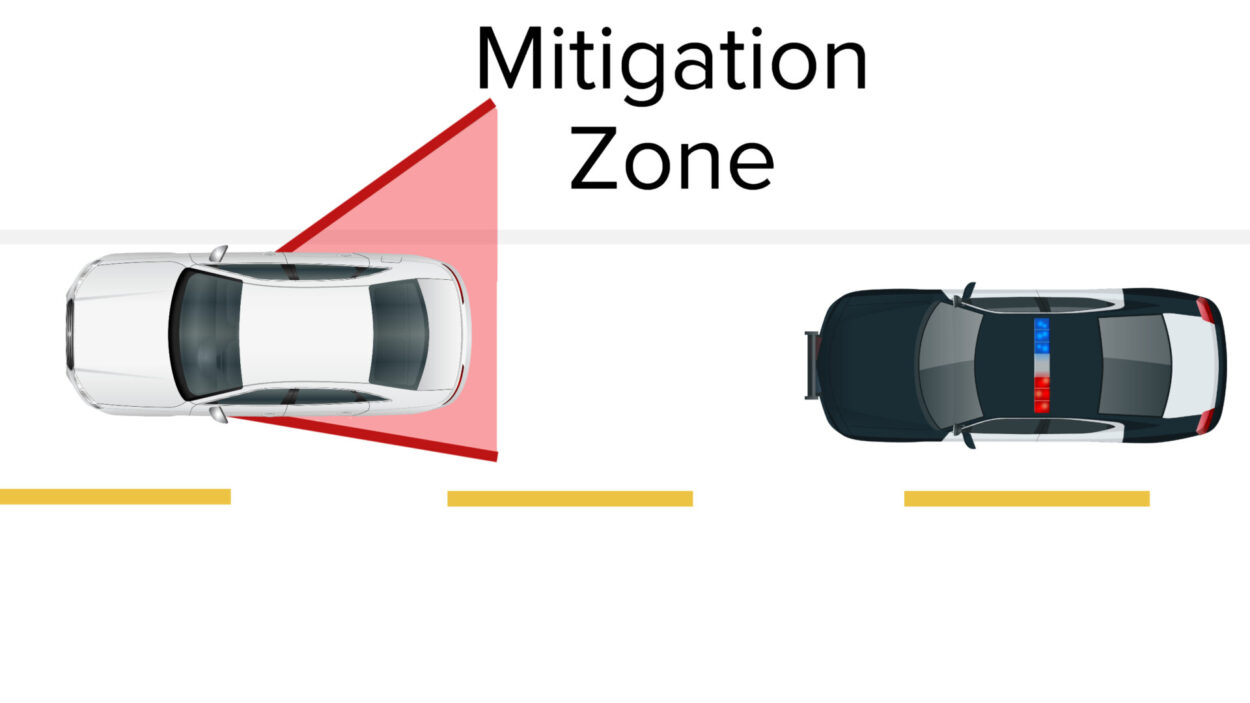
You may have heard the story of Deputy Kyle Dinkheller’s murder during an officer-involved shooting. The event was tragic, but Dinkheller lives on with how his story has helped train recruits and officers alike.
The original dashcam footage gave insight into a few tactics that were not properly used – or in some cases, not used at all. Some of the training points to look at include vehicle contact and approach, utilizing the radio for backup, and force options.
Vehicle Approach and Driver Exit
When Dinkheller pulled over Andrew Brannan, he asked him to step out of his vehicle to talk to him. This was what his agency’s training had officers do, however it is generally agreed upon that it is easier to control a person inside a vehicle.
A situation that seems mindless but can have serious consequences is how you approach the vehicle. There are many things to be aware of, such as:
- Not positioning yourself or walking between the two vehicles. If the subject is in the car, they may shift to reverse. If the squad car is rear ended while you speak to the subject between the cars, you and the subject could be pinned between them.
- Where to use the vehicle for cover and concealment. Using the length of the vehicle can provide cover.
- Use the passenger side approach when possible, as it is typically the safest.
During vehicle approach, staying within the mitigation zone1 and maintaining control of where the subject is positioned can greatly increase safety.
“Man With a Gun” – When to Call for Backup
When Dinkheller used his radio to request backup, it caused Brannan to become more agitated. Sometimes negative reactions occur when a call is made within earshot of a subject, so officers should be mindful of when and where they use their radio.
Additionally, if you are engaged in the threat, your priority should be addressing it. Teaching officers to call for backup during a use of force event should be avoided. It can create a training scar with serious effects, such as not addressing the current situation, but relying on other units that may not arrive immediately.
The Right Tools, The Right Way
During the time of Dinkheller’s murder, ECW devices were not widely used. Dinkheller used a collapsible baton to get Brannan to stop his actions, but it was not used with full force. The hit combined with the fact that Brannan had a contaminated mindset made it so the strike had no effect. When a subject is mentally ill or under the influence of a substance, they do not always respond to pain compliance techniques.
Another less-lethal option would be going hands-on. If a subject is not listening to the commands given, an officer may start by grabbing the subject and trying to restrain them. Dinkheller, unfortunately, did not attempt to go hands-on although he could have based on Brannan’s actions.
Finally, there is the lethal option which could have been utilized at a certain point into the encounter. Dinkheller had a rifle available to him in the trunk of his squad car – a storage position that was normal for his agency at that time. Long guns should ideally be kept in the driver area of the squad for easier and faster access.
Putting the Techniques into Practice
The newest curriculum by VirTra – “My Story: Dinkheller” – gives officers of all experience levels a chance to learn from this past event. Instructors have access to training materials such as an instructor manual, slide presentation, testing material, and more. It can easily be taught to students right out of the box and is free for VirTra customers.
Along with the coursework is a brand-new scenario that puts you in a similar situation to what Dinkheller went through. You are on a rural road on a traffic stop with a mentally ill subject. What will you do in that position? Will you use de-escalation and be able to verbally calm the man, or possibly use a less lethal device? There are 80+ branching options depending on the user’s actions or the instructor’s choice.
See the video below for a glimpse at what this scenario is like. If you would like more information on this course, visit this page here.
References
- Lewinksi, W. D. (2013). The influence of officer positioning on movement during a threatening traffic stop scenario. Law Enforcement Executive Forum, 13(1), 98-109.
Recently Published
Join Our Newsletter







